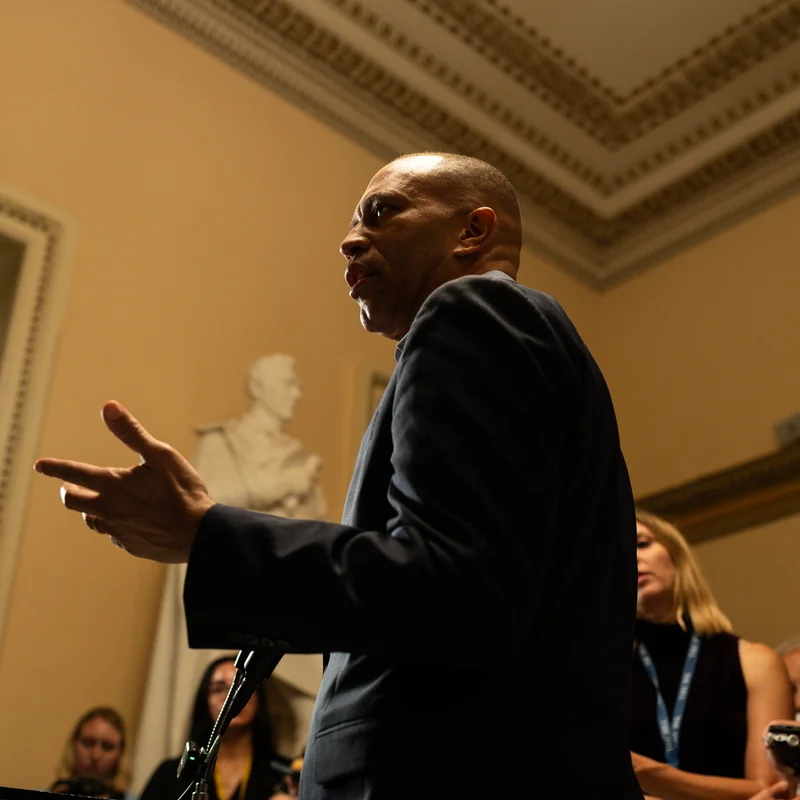With just days before the federal fiscal year ends on September 30, 2025, the White House has escalated tensions in the budget battle by threatening mass layoffs of federal employees in the event of a government shutdown. Democratic leaders have responded defiantly, vowing not to cave to what they call “political intimidation” .
Shutdown Looms as Parties Dig In
President Trump’s administration has instructed federal agencies to prepare reduction-in-force (RIF) notices—the formal process for terminating federal workers—if Congress fails to pass a funding bill by October 1. This marks a stark departure from past shutdown protocols, where “excepted” employees typically continued working without pay to maintain essential services .
📅 Key Dates in the 2025 Shutdown Crisis
- Sept. 20: Trump cancels meeting with Democratic leaders over spending dispute.
- Sept. 23: White House issues memo ordering agencies to prep for mass layoffs.
- Sept. 25: Democrats reject GOP short-term funding plan lacking health care protections.
- Sept. 30: Deadline for Congress to avert shutdown.
- Oct. 1: Potential start of government shutdown and employee furloughs.
What’s at Stake? The Human and Economic Cost
A shutdown would immediately impact millions of Americans:
- 2.1 million federal employees face furloughs or unpaid work.
- National parks, museums, and passport offices could close.
- FAA air traffic controllers and TSA agents may work without pay, risking travel delays.
- Food safety inspections and small business loan approvals could halt.
Why Democrats Won’t Back Down
Democrats are demanding that any stopgap funding bill include:
- Extension of Obamacare subsidies set to expire December 31, 2025—critical for 20 million Americans.
- Reversal of recent Medicaid cuts enacted under Trump’s tax law.
- Protection for 4 million people who could lose health coverage in 2026 without subsidy renewal .
“We will not be intimidated by your threat to engage in mass firings,” said House Democratic Leader Hakeem Jeffries.
Shutdown Impact Comparison: Past vs. Potential 2025
| Shutdown | Duration | Employees Affected | Key Difference in 2025 |
|---|---|---|---|
| 2018–2019 (Trump) | 35 days | 800,000 furloughed or unpaid | Agencies allowed to shift funds to maintain operations. |
| 2013 (Obama) | 16 days | 850,000 furloughed | Essential services preserved; no mass layoffs. |
| 2025 (Projected) | Unknown | Up to 2.1 million at risk | White House plans active terminations, not just furloughs. |
Republican Divisions Emerge
Not all Republicans support the hardline approach. Senator Susan Collins (R-Maine), chair of the Appropriations Committee, called for a “clean, short-term continuing resolution” to avoid chaos, warning that federal workers “should not be treated as pawns” .
Legal and Labor Backlash
Unions are preparing legal challenges. Everett Kelley, president of the American Federation of Government Employees, stated: “Federal employees are not bargaining chips—they are veterans, caregivers, and neighbors.”
For more on how shutdowns affect everyday Americans, see our guide on what happens during a U.S. government shutdown.




